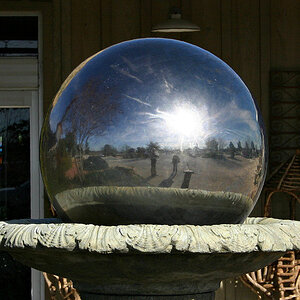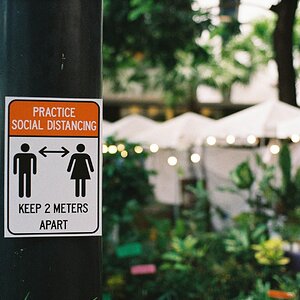satinder_2000
TPF Noob!
- Joined
- Dec 31, 2005
- Messages
- 2
- Reaction score
- 0
I am a novice to Photography (actually picked a Camera after 5 years when earlier I used to Photograph with the f-16 rule :mrgreen: ). But now I am getting confused between the Concept of Exposure Latitude of the film and tendency of the Camera meter to read 18% gray.
E.g. if I have 'complex' subject, where the three areas of the Photograph have readings of 1/125 & f8 (normal gray), 1/125 & f16 (snow) and 1/125 & f4 (a black door). Obviously I'll shoot at 1/125 & f8. Now the film specification tells me that it has an Exposure Latitude of 2 stops. So a stop of overexposure and underexposure will not make any difference.
If I try to underexpose by 1 stop (from f8 to f11), I should see some gray tone in Snow (36% gray) and on 1 stop overexposure (say f5.6) I should be see some gray tone on black door. The Exposure Latitude statement claims there won't be any difference. :er:
Is there something i am missing?Why am I confused?
E.g. if I have 'complex' subject, where the three areas of the Photograph have readings of 1/125 & f8 (normal gray), 1/125 & f16 (snow) and 1/125 & f4 (a black door). Obviously I'll shoot at 1/125 & f8. Now the film specification tells me that it has an Exposure Latitude of 2 stops. So a stop of overexposure and underexposure will not make any difference.
If I try to underexpose by 1 stop (from f8 to f11), I should see some gray tone in Snow (36% gray) and on 1 stop overexposure (say f5.6) I should be see some gray tone on black door. The Exposure Latitude statement claims there won't be any difference. :er:
Is there something i am missing?Why am I confused?


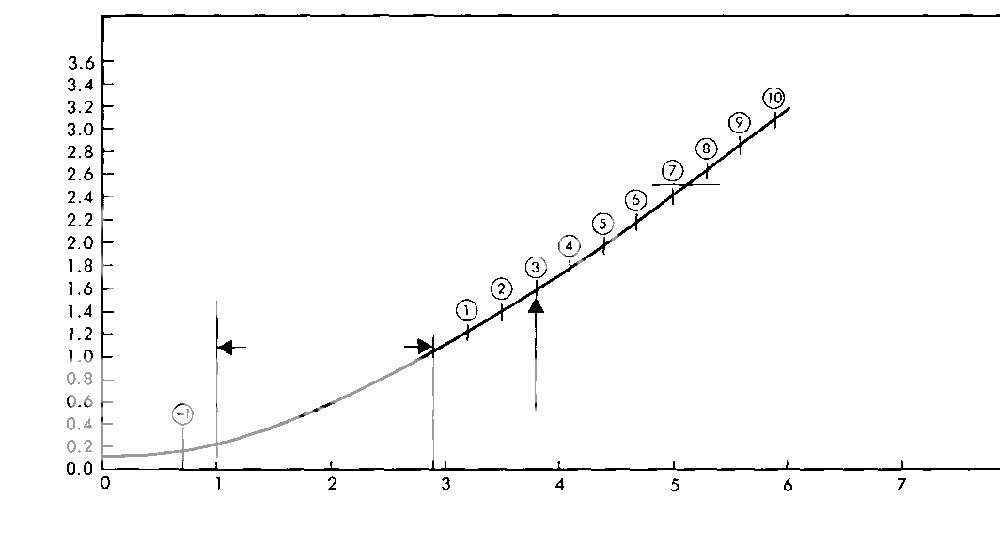
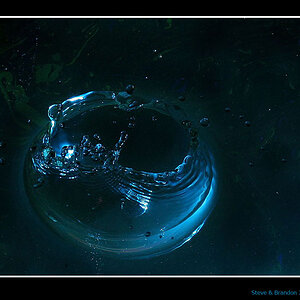

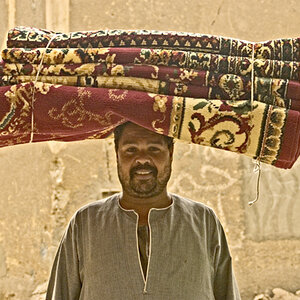
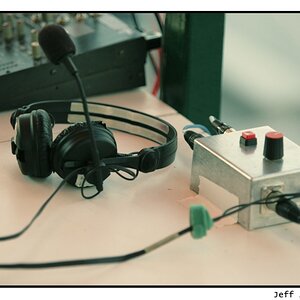
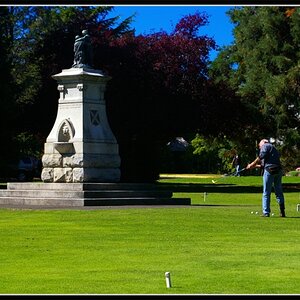
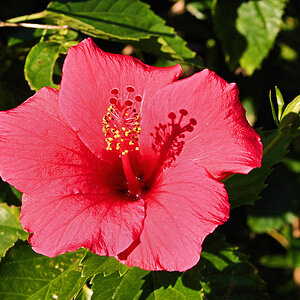
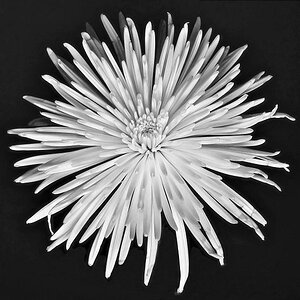
![[No title]](/data/xfmg/thumbnail/36/36393-86ce601930c671b92b6df002b7fcbd0b.jpg?1619737548)
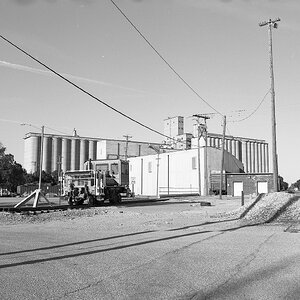
![[No title]](/data/xfmg/thumbnail/41/41423-156eb6e5a056cd1cbcf60e12a03f9d56.jpg?1619739809)
